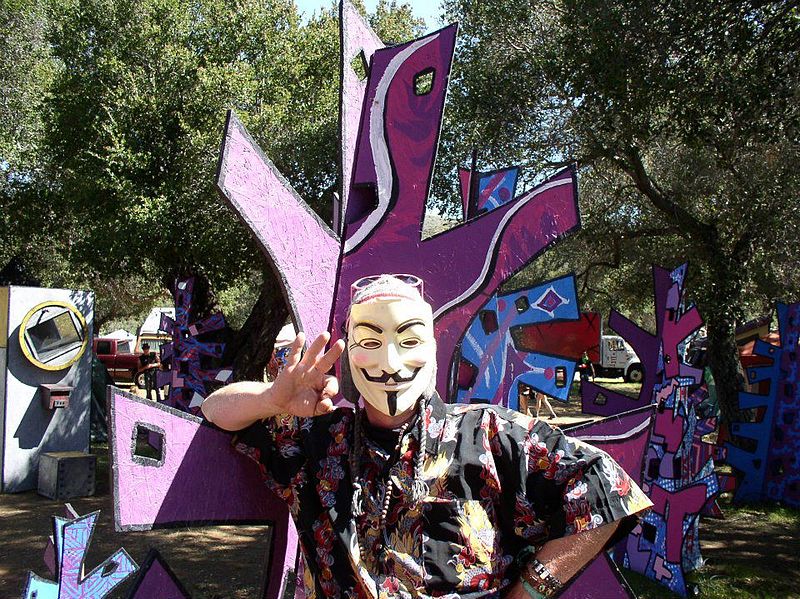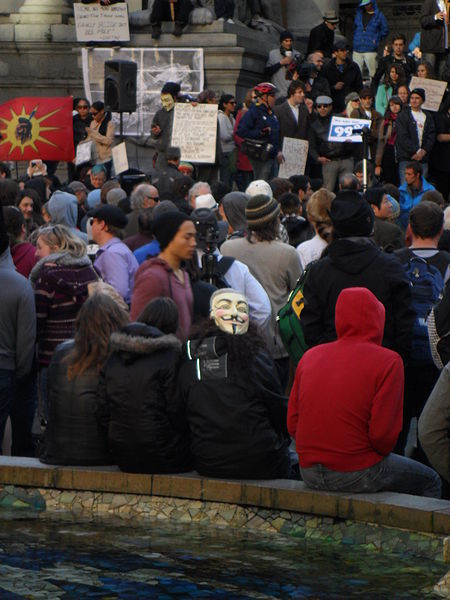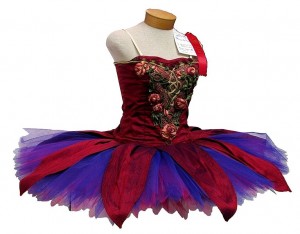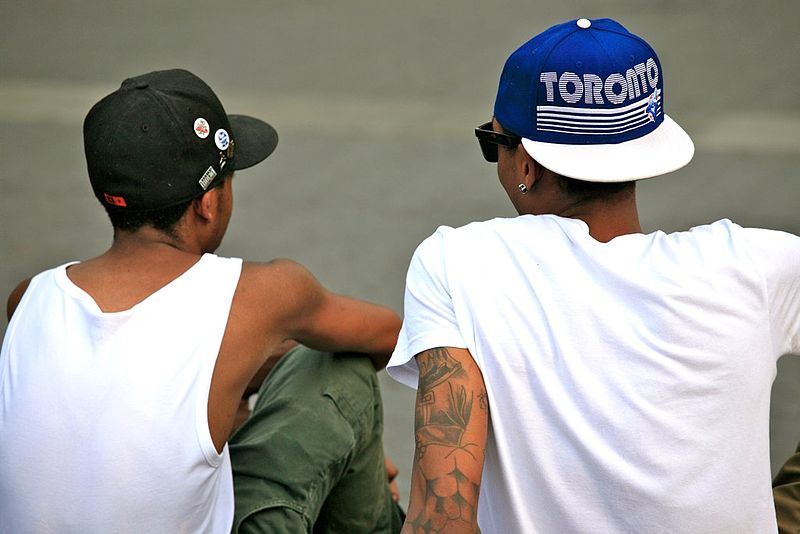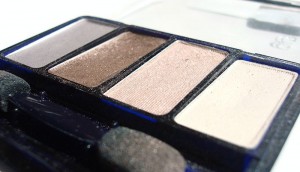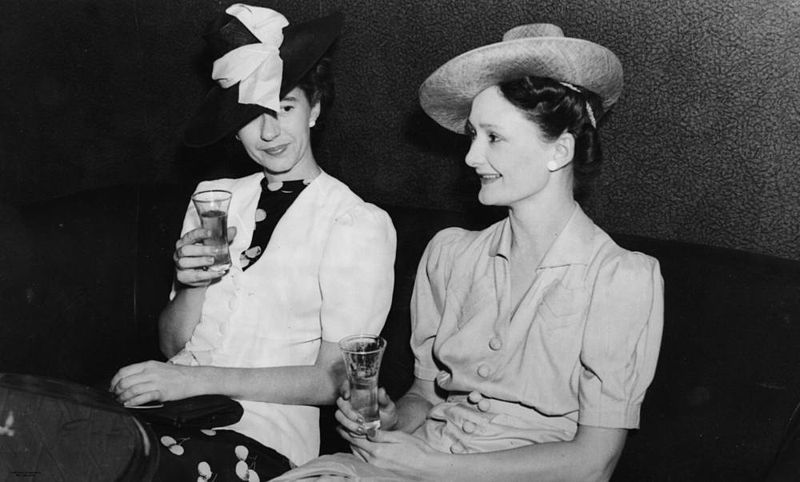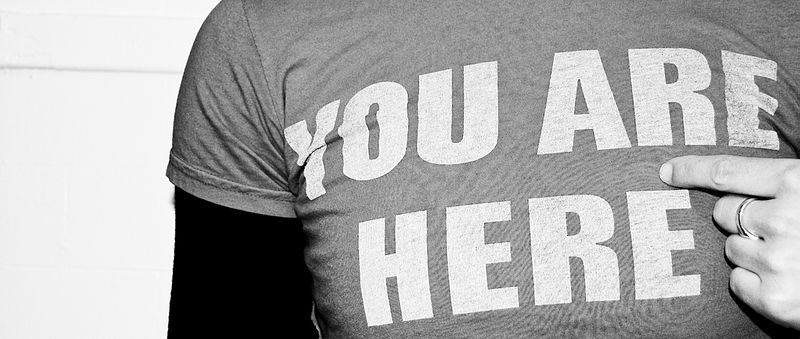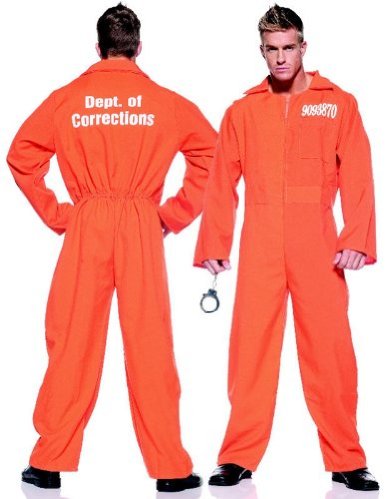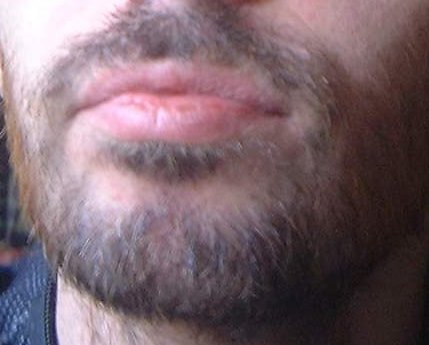 The so-called “beard bill” introduced into the New York Assembly seeks to “clarify” that an unlawful discriminatory employment practice would include requiring an employee ” to violate or forego the wearing attire, clothing, or facial hair in accordance with the requirements of his or her religion.”
The so-called “beard bill” introduced into the New York Assembly seeks to “clarify” that an unlawful discriminatory employment practice would include requiring an employee ” to violate or forego the wearing attire, clothing, or facial hair in accordance with the requirements of his or her religion.”
Bill A00864A would amend the NY Human Rights Law, which now specifically references the “observance of any particular day or days or any portion thereof as a sabbath,” to include this language: “OR THE WEARING OF ANY ATTIRE, CLOTHING, OR FACIAL HAIR IN ACCORDANCE WITH THE REQUIREMENTS OF HIS OR HER RELIGION.” This addition would not change the law’s required balancing, allowing the employer to demonstrate”that it is unable to reasonably accommodate the employee’s or prospective employee’s sincerely held religious observance or practice without undue hardship on the conduct of the employer’s business.”
As a “clarification,” one issue is whether this amendment is necessary under current state, federal, and constitutional law. The bill states its justification by reference to one specific case:
in New York City where a member of the Sikh religion who worked for the MTA was ordered to remove his turban and wear the MTA hat. When he objected, on religious ground, the MTA responded that he may wear the turban if he affixes an MTA badge to the front. This was unacceptable as wearing a turban is a solemn religious duty for Sikhs and affixing a badge to it would not be religiously proper. This bill would ensure that persons like the gentleman described above will no longer be discriminated at their places of work because of their religious duties.
That case resulted in lawsuits brought by the Center for Constitutional Rights and by the United States Justice Department; they were duly settled and the only requirement is now that the color of the turban fabric is blue, consistent with the MTA uniform.
While the proposed bill might have political appeal, the problem has never been that the law did not recognize that “attire, clothing, or facial hair” are religious practices, as much as observation of a Sabbath. Instead, the issue in the statutory context, as well as in the First Amendment context, is the issue of accommodation. When an employer requires a “uniform” or has a specific “look policy,” any deviation – – – religious or otherwise – – – can cause the employer consternation.
However, the issue of religious exemption from employer policies raises the question of equality between believers of a specific faith and nonbelievers. Men are not completely clean-shaven for a number of reasons: religion, rashes, culture, and style. Should it matter why a man is denied employment because of his beard?
[image via]
 The Columbian of Clark County, WA, provides an overview of the county’s prison dress code. Inmates receive color-coded uniforms, including:
The Columbian of Clark County, WA, provides an overview of the county’s prison dress code. Inmates receive color-coded uniforms, including:
